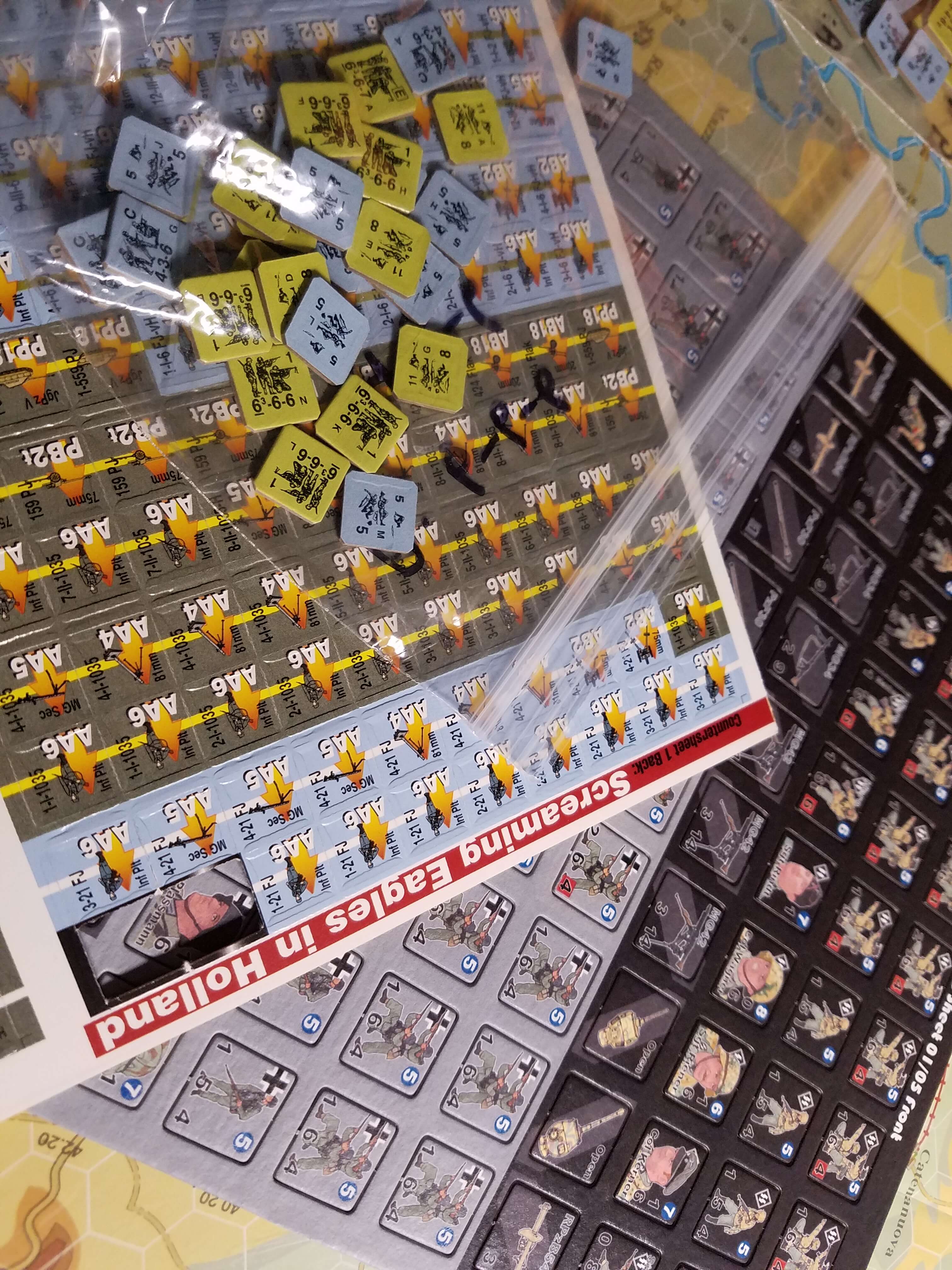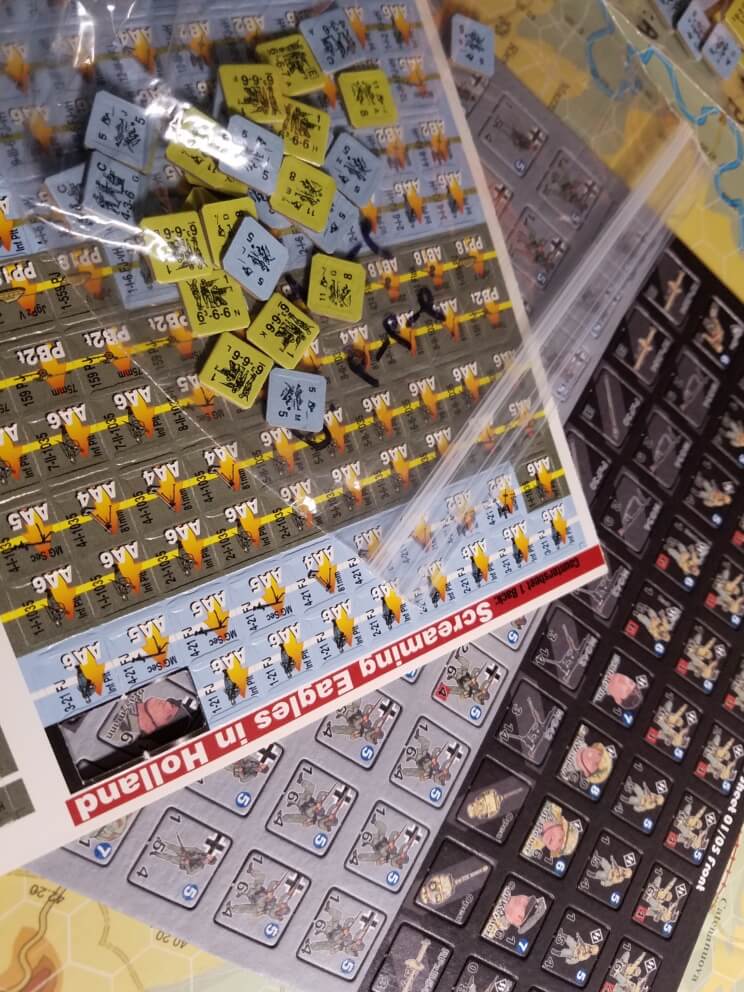Gentle Wargamer! Is it not falsehood that in the same amount of time over the same distance, in the same terrain that a ‘specialized’ Infantry unit can realistically move 15-25 or even 30%% further…. turn after turn?
Surely all infantry types; Assault, Pioneers, Shock, line, rifle company veteran all move about the same amount of distance in the same time. That segment of time in tactical is usually 2-5 minutes, just how much variation could there be? Is there enough variation given all the other concessions we allow in the hunt for ‘the super best by golly tactical game anyway?
I could perhaps see Militia style units moving a tad slower…but for the sake of the below is it really a big deal?
If so then why do we really need different movement rates for different unit types at this scale? Indeed do we require MP ratings on tactical units at all? OR Platoons or Battalions for that matter (if they are foot)?
Now it is true that Alexander forces moved faster and lighter, that Napoleonic French foot could haul ass on a day march. I’m thinking WWII to Modern tactical scale to Grand Tactical scale. A man, a fire team, a squad, a platoon, a company would all move about the same relative distance for the scale of the game.

Why do we care? Well for one it is purely subjective, and perhaps artistic. We leave more room on the counter for other arguably more important, relevant and useful data. Plus the added benefit of more space for art.
We care also because this streamlines our learning. No special rules for moving 2 man versus a squad versus an elite versus a cadre.
Just:
Rule 4.0 Movement of Infantry.
All Infantry units have “X” MP per turn/impulse/activation/movement segment. All units can always move at least one hex into eligible, non-prohibited hexes.
I still recall how refreshing it was playing Third World War. Every unit was considered mechanized. Every unit had 6 MP. Period. The Terrain Effects Chart (TEC) , gave us the nuance we need at the Divisional scale (this is a Grand Operational game), where in the TEC by type certain types of unit paid more or less for certain types of hex types. Which quickly became ingrained.


I think movement rates for more elite type units are partially to account for how much better they can fight in the move, execute tactical maneuvers like over watch, bounding fire, etc.
Experience and knowledge of the terrain, as well as improved cohesion, could all be a basis for increased movement rates, even at the tactical scale.
I would think though that inexperience of lack of cohesion would reduce move rate, so it should affect poor troops rather than elite. Naturally, this is how ASL works …
With all the things we accept as abstractions or minor differences or something not to be fussed with I think a 25-35% increase in movement rates for ‘elite units is A un realistic B farcical and C not worth the rules.
Thus like so much of warfare in wargames lets stop pretending its real and lets take an open minded fresh look.
I dont think Tactical level games require differentiated movement rates.
Perhaps factors like superior morale and conditioning, implied by the term “elite,” may account for some difference in rate. But as you point out, mechanized forces should move at about the same rates without regard to whether they enjoy “elite” status or not.
What you just described is the ASL system.